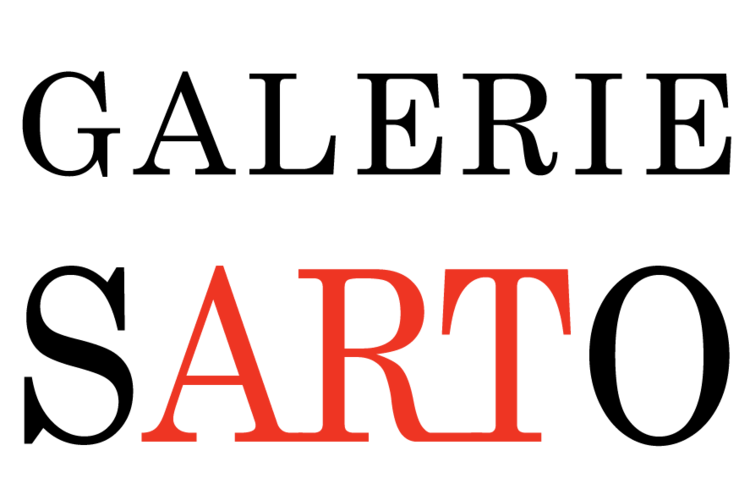Henri Matisse (1869 - 1954)
Biography
© Henri Matisse on 20 May 1933, photographed by Carl van Vechten.
Henri Matisse, born in 1869 in Cateau-Cambrésis and died in 1954 in Nice, was a French painter, draughtsman and sculptor. He was the leader of Fauvism with André Derain; Pablo Picasso considered him his great rival and friend. He also founded an art school.
Henri Matisse's father was a grain merchant, and his mother an amateur painter. In 1871, after the Franco-Prussian war, the family moved to Bohain-en-Vermandois in the Aisne (northern France). Henri Matisse grew up there. His first job was as a notary clerk in the town of Saint-Quentin. At the age of 20, he had to stay in bed for several weeks because of an appendicitis attack. To occupy his days, his mother gave him a paint box. He then discovered the pleasure of painting.
In June 1890, he painted his first picture, called Still Life with Books.
That same year, Matisse abandoned his law studies to devote himself to painting and the following year he moved to Paris. After being admitted to the École des Beaux-Arts in Paris, he attended Gustave Moreau's studio (1895). There he met Georges Rouault and Albert Marquet and visited exhibitions of Jean-Baptiste Camille Corot and Paul Cézanne.
In 1896, Matisse exhibited for the first time at the "Salon des Cent" and at the Salon de la Société nationale des beaux-arts. He met the Australian John Peter Russell, who put him in touch with Auguste Rodin and Camille Pissarro. Henri Matisse became interested in Impressionist painting.
In 1894, his daughter Marguerite (from one of his models named Caroline Joblau) was born. It was during his honeymoon that Matisse arrived in Corsica in 1898, with his wife Amélie Parayre. They had two children, Jean and Pierre. During his stay in Ajaccio, Henri Matisse painted about fifty canvases, including The Pink Wall. He then spent a week in London where he discovered the paintings of Joseph Mallord William Turner. Over the next few years, he continued to meet other French painters and exhibited in several salons.
At the 1905 Salon d'Automne, the exhibition of one of his works with those of Albert Marquet, Vlaminck, Andé Derain and Kee van Dongen caused a scandal. The colours were considered violent. On seeing these paintings, the critic Louis Vauxcelles said that the place was a "cage for fawns". The word "fauve" gave the name to fauvism, an artistic movement was born.
Henri Matisse travelled extensively for inspiration: Algeria, Italy, Germany, Morocco, Russia, Spain, the United States and Tahiti. Between 1908 and 1912, his works were exhibited in Moscow, Berlin, Munich, London and New York.
He spent a lot of time on the Côte d'Azur, which inspired him a lot. There he met the Japanese painter Yoshio Aoyama. In 1919, he was commissioned to design the sets for the ballet: Le Chant du rossignol, presented in London.
In 1925, Matisse was named Chevalier de la Légion d'Honneur.
Henri Matisse worked on the illustration of James Joyce's novel Ulysses and on the sets and costumes for Rouge et noir for the Ballets russes de Monte-Carlo (1934-1938).
In 1941 he was diagnosed with cancer. The doctors said he would only live for six months. His nurse agreed to be his model; Henri painted the Jazz series.
In April 1944, Marguerite Matisse, his daughter, and his wife Amélie, were arrested by the Gestapo (German police) for acts of resistance during the Second World War. Madame Amélie Matisse remained in prison for six months, while Marguerite Matisse, the painter's daughter, was released in 1945. When Henri Matisse found his daughter, he painted several portraits of her.
In 1952, the Matisse Museum in Cateau-Cambrésis was opened to the public.
Henri Matisse died on 3 November 1954 in Nice. He is buried in Nice, in the Cimiez cemetery. His son Pierre Matisse was an important and influential art dealer based in the Fuller Building in New York. In 1963, the Matisse Museum in Nice opened its doors.
Selected artworks
Henri Matisse (1869-1954)
"Portrait of a young woman"
Ink on paper. Private collection. Inventory n°161 - 201330 of the Pierre and Tania Matisse Foundation. Certificate of authenticity from Madame Wanda de Guébriant.
14.5 x 11.02 in.
Sold


